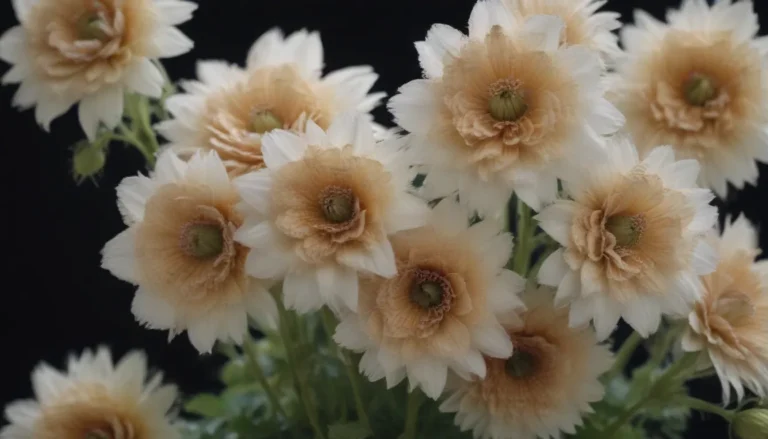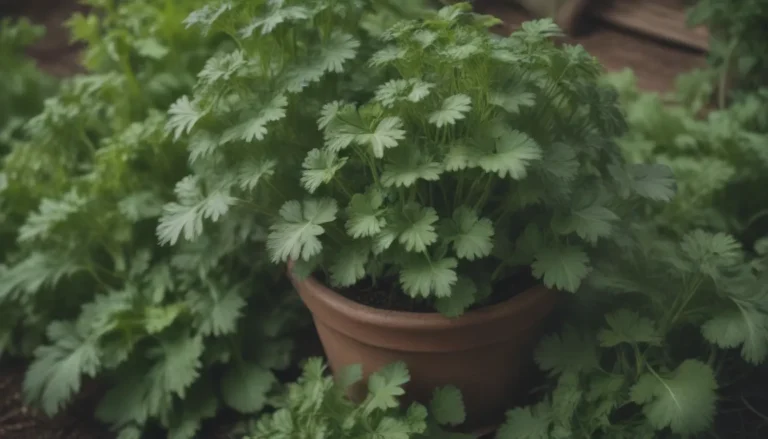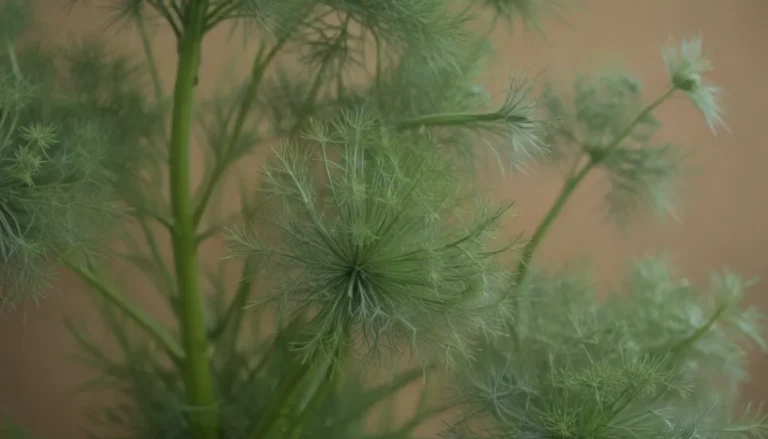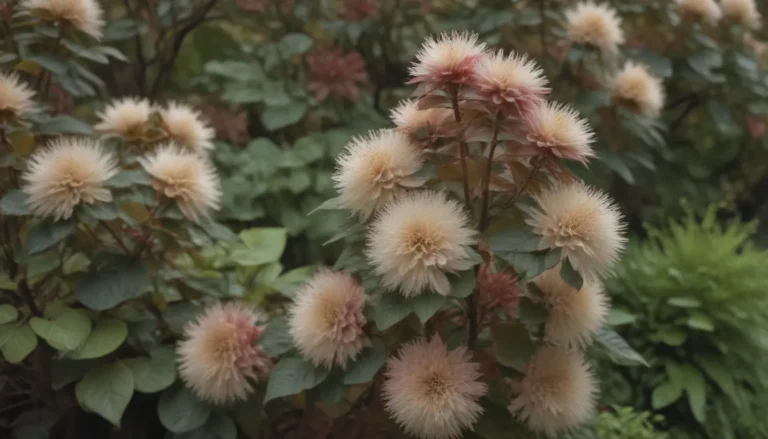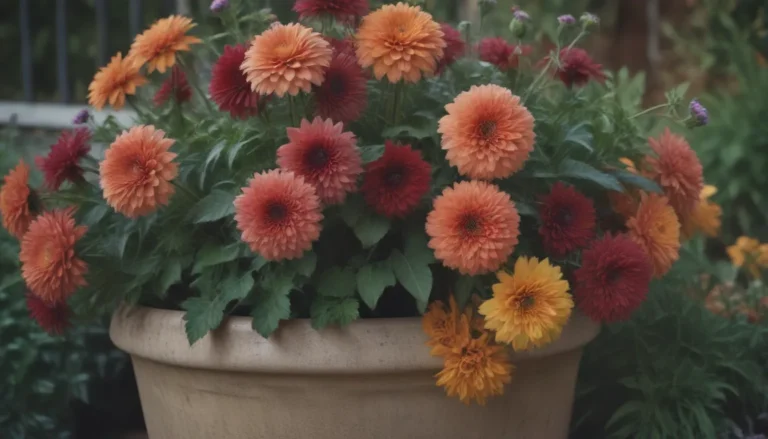Ultimate Guide to Growing and Caring for Autumn Moor Grass (Sesleria autumnalis)

Autumn moor grass, also known as Sesleria autumnalis, is a charming perennial grass that adds a touch of elegance to any landscape. Native to southeastern Europe, this low-growing plant may not be as showy as some other ornamental grasses, but its narrow, yellow-green foliage and silvery-white plumes in the fall give it a quiet beauty that is hard to resist. In addition to its aesthetic appeal, autumn moor grass is a tough and resilient plant that can thrive in a variety of soil types and conditions. Whether you’re looking to add a pop of color to your garden or need a solution for erosion control, autumn moor grass is a versatile and attractive option.
Why Choose Autumn Moor Grass?
Autumn moor grass offers a number of benefits that make it a popular choice for gardeners:
- It is resilient and tough, able to tolerate different soil types and challenging conditions.
- It provides year-round interest with its unique foliage and plumes.
- It can be used in a variety of landscaping settings, from meadows to rock gardens.
- It is low-maintenance and easy to care for.
Autumn Moor Grass Care Tips
To ensure your autumn moor grass thrives, it’s important to provide the right growing conditions and care:
Light
Autumn moor grass thrives in full sun to light or partial shade. It can adapt to various light conditions, making it a versatile plant for different landscaping settings.
Soil
This grass tolerates a wide range of soil textures and qualities, as long as the soil is well-drained and neutral to slightly alkaline. It can also withstand harsh urban conditions and is not affected by juglone from black walnut trees.
Water
Once established, autumn moor grass is drought-tolerant. However, providing consistent moisture will help it grow taller. Adding mulch around the base can help retain soil moisture during dry periods.
Temperature and Humidity
Autumn moor grass is a cool-season plant that thrives in cooler weather. It is winter-hardy to zone 5 and benefits from a layer of mulch during the winter. It does not do well in extreme summer heat or high humidity.
Fertilizer
Like most ornamental grasses, autumn moor grass does not require much fertilizer. Adding a layer of compost in the spring or a balanced granular fertilizer in nutrient-poor soil can help boost its growth.
Types of Moor Grass
Autumn moor grass belongs to the Sesleria genus, which includes a variety of species and hybrids. Here are some popular types:
- Greenlee Moor Grass: Evergreen low-mounding variety with blue-green foliage and purple-tinged flowers.
- Blue Moor Grass: Compact species with blue-green foliage, ideal for areas with low foot traffic.
- Italian Moor Grass: Larger variety with silvery white flowers that turn tan when dry.
Pruning and Propagation
Regular pruning is essential to keep your autumn moor grass healthy and looking its best. Cut the clumps back to the ground in late winter to remove old foliage and make room for new growth. When propagating, dividing the grass in early spring is the best method.
Potting and Overwintering Tips
Autumn moor grass can be grown in containers, but it requires frequent watering and well-draining potting mix. While the grass is hardy to zone 5, potted plants may need winter protection to insulate the roots against the cold.
Common Pests and Diseases
Fortunately, autumn moor grass is not prone to major pests or diseases. It is deer-resistant, not invasive, and rarely reseeds itself. This tough plant can also tolerate drought and salinity, making it an excellent choice for seaside locations.
In conclusion, autumn moor grass is a versatile and attractive plant that can add beauty and interest to your garden. With the right care and growing conditions, this resilient grass will thrive and provide year-round enjoyment. Whether you’re looking for a low-maintenance groundcover or a striking accent plant, autumn moor grass is a fantastic choice for any landscape. So go ahead, plant some autumn moor grass in your garden and enjoy its quiet beauty all year long!
